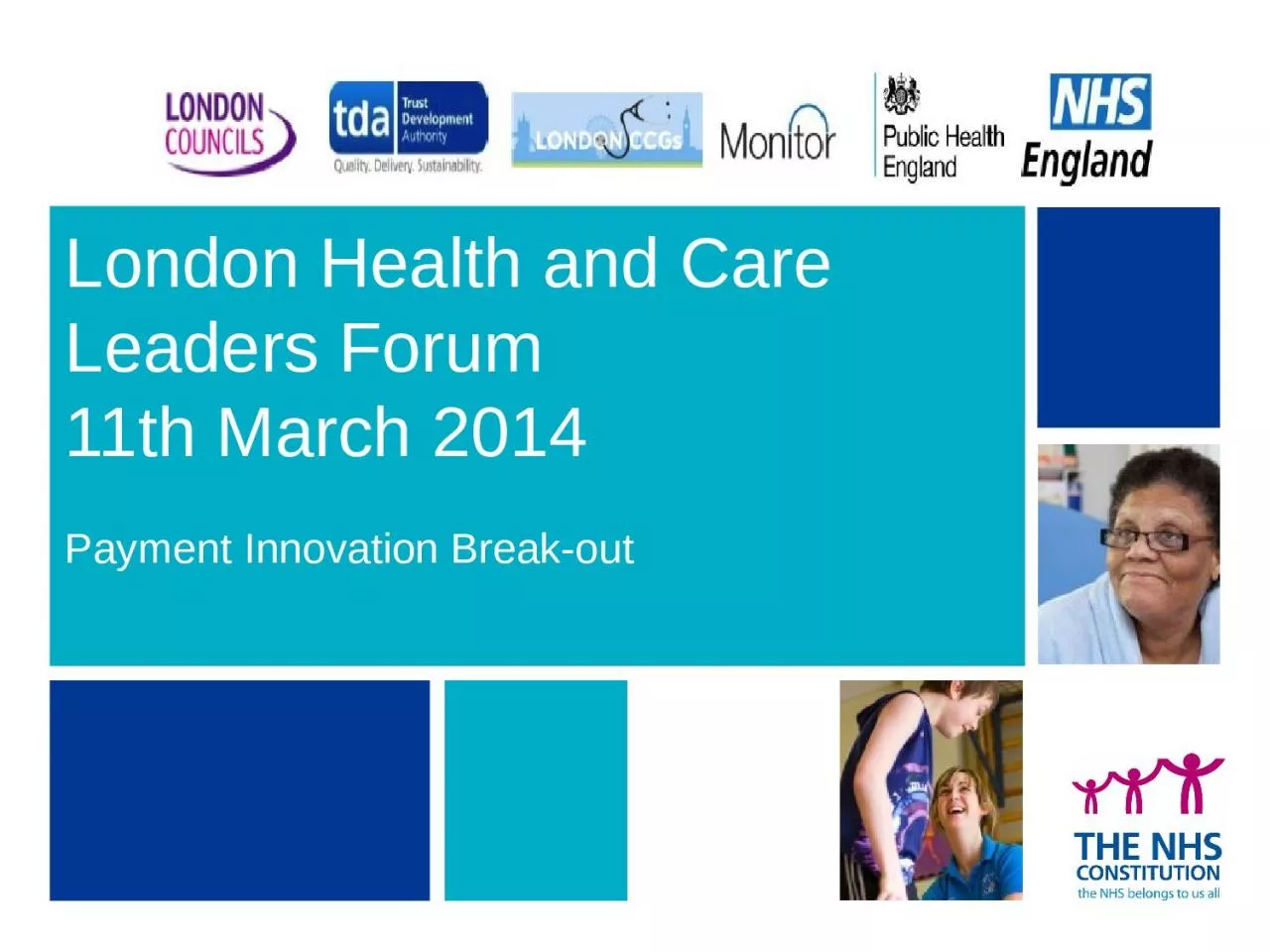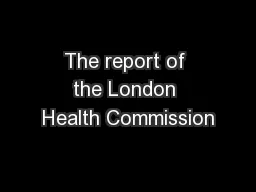PPT-London Health and Care Leaders Forum
Author : SocialButterfly | Published Date : 2022-08-02
11th March 2014 Payment Innovation Breakout 1 There are 3 major complementary payment models being deployed in US 2 Full alignment of payment to outcomes Most
Presentation Embed Code
Download Presentation
Download Presentation The PPT/PDF document "London Health and Care Leaders Forum" is the property of its rightful owner. Permission is granted to download and print the materials on this website for personal, non-commercial use only, and to display it on your personal computer provided you do not modify the materials and that you retain all copyright notices contained in the materials. By downloading content from our website, you accept the terms of this agreement.
London Health and Care Leaders Forum: Transcript
Download Rules Of Document
"London Health and Care Leaders Forum"The content belongs to its owner. You may download and print it for personal use, without modification, and keep all copyright notices. By downloading, you agree to these terms.
Related Documents














